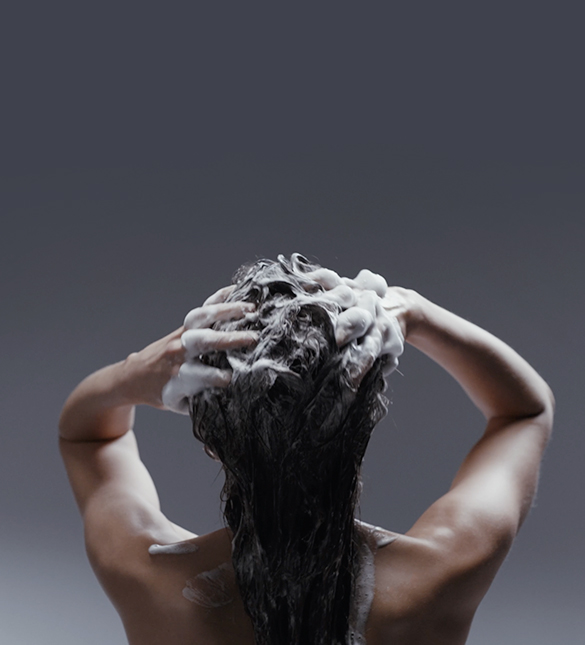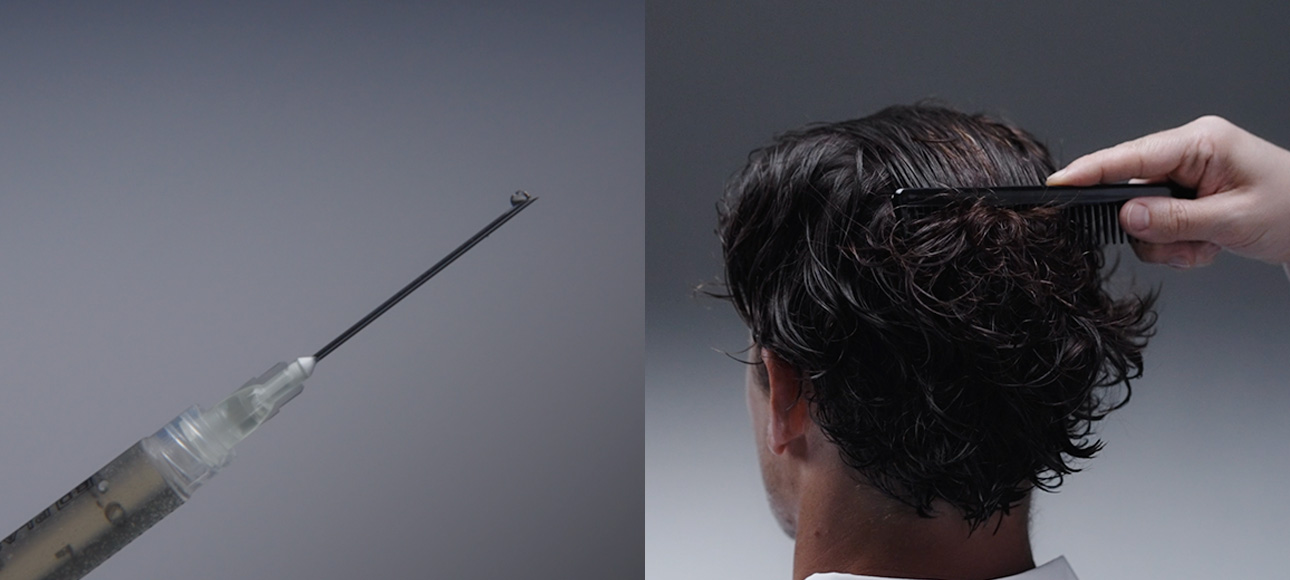
Hair transplants have been hailed as the miracle solution for thinning hair, receding hairlines, and bald spots. From celebrities to CEOs, it seems like everyone is quietly booking into clinics for a fuller head of hair, and walking out with enviable results.
But behind these transformations, there’s a less glamorous, lesser-discussed side to the hair transplant story. Here’s what no one tells you about hair transplants, and why a science-led approach, like Ricardo Vila Nova’s, should be part of your hair restoration journey.
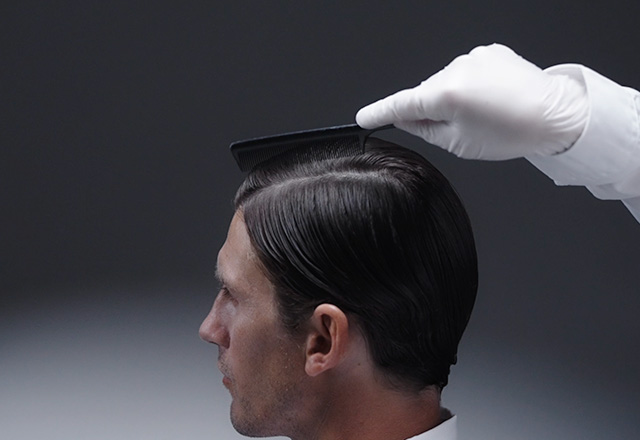
It’s not a magic fix
Many people walk into a hair transplant clinic thinking they’ve found the cure to all their hair woes. The truth? A transplant is often just the beginning, and for some, only a short-term solution. Without proper care, transplanted follicles can degrade over time, just like the ones they replaced.
“A hair transplant doesn’t stop your existing hair from thinning or falling out,” says Ricardo Vila Nova. “If you’re not supporting the surrounding follicles with targeted regenerative treatments and lifestyle adjustments, you’re simply moving the problem,” he adds.
Daily habits play a role. Over-styling, poor nutrition, stress, and even heavy product buildup can contribute to follicular stress on transplanted and non-transplanted hair. That’s why ongoing maintenance is crucial. Regenerative treatments such as PRP (platelet-rich plasma), vitamin injections, biosome therapy, and anti-inflammatory scalp treatments are essential tools in post-transplant care. Think of them as the hair equivalent of skin boosters or biostimulators for the face – they deliver nutrients, improve cellular performance, and help extend the life of each follicle.
“We specialise in regenerative medicine hair treatments that promote hair health, enhancing the functioning of the follicles in order to delay cellular degeneration. This type of care slows down and often prevents the permanent hair loss predicted by genetics. It also helps restore density and coax back hair from once dormant follicles,” explains Vila Nova. This makes regular visits 212.2 Ricardo Vila Nova Hair Doctors a must before even considering hair transplant surgery.
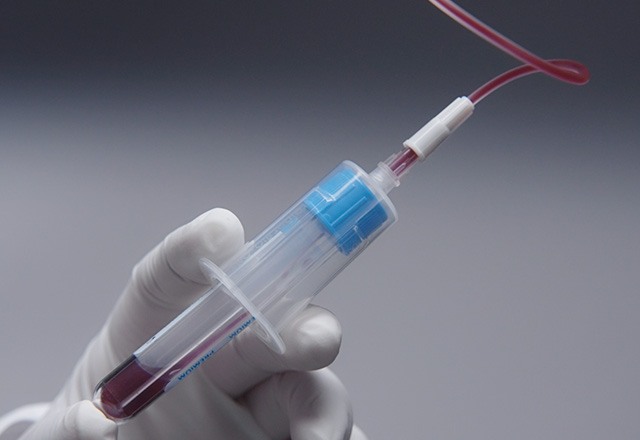
Scars can be an issue
With the rise of FUE (Follicular Unit Extraction), many believe that modern hair transplants are scar-free. But while these techniques are less invasive than older methods, they are not without scarring. Each follicle harvested leaves behind a tiny circular wound. Individually, they’re almost invisible, but collectively, they can affect the look and health of your donor area, especially if you don’t heal optimally or if you’re prone to keloid scarring.
“FUE sounds gentle, but it’s still surgery,” says Vila Nova. “Every extraction leaves a mark, and over time, these add up, especially if someone’s had more than one procedure.”
Some patients also experience changes in skin texture or pigmentation in both donor and recipient zones. That’s why post-surgical care, which includes treatments that support wound healing and collagen integrity are vital to minimise long-term scarring.
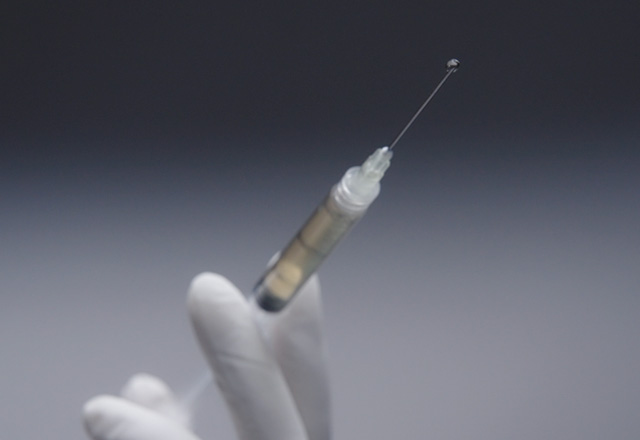
There’s a limit
Another truth that isn’t often discussed: there’s only so much donor hair to work with. The back and sides of the scalp – the areas typically used for harvesting – aren’t infinite resources. Once those follicles are extracted, they’re gone for good.
“You can’t just keep going back for more,” says Vila Nova. “We’ve seen people push their donor areas to the point of visible thinning, and that’s when the aesthetic result begins to deteriorate,” he adds.
This is why careful planning, expert assessment, and conservative harvesting are so important. Some patients may need more than one transplant over a lifetime, especially with progressive hair loss. This makes it essential to use donor hair wisely. The fewer procedures you have, the better the long-term outcome. That’s where trichology-led strategies and regenerative treatments come in, as they help to preserve your existing hair and reduce the need for future surgeries.
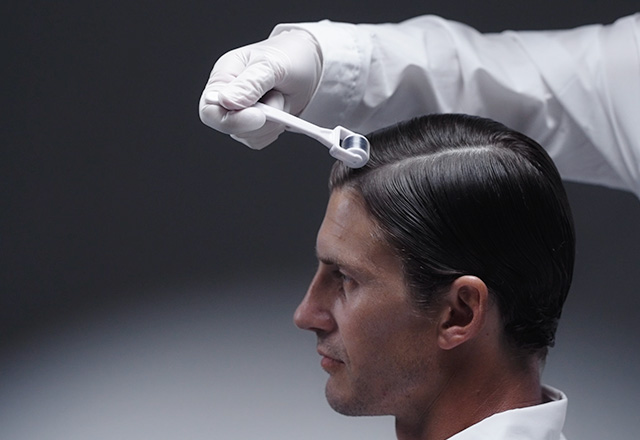
You might not be a candidate
One of the most overlooked aspects of the transplant conversation is suitability. Not every scalp is transplant-ready, and not every type of hair loss is compatible with success. Conditions like seborrheic dermatitis, scalp psoriasis, or frontal fibrosing alopecia can create a hostile environment for new follicles.
“When it comes to hair transplant surgery, the most compatible forms of hair loss are androgenetic alopecia, and irreversible traction alopecia,” says Vila Nova. “But if your scalp is inflamed or overloaded with sebum, it’s unlikely that the transplanted follicles will thrive.”
This is why thorough assesments are needed prior to surgery to check inflammation, sebum production, follicular density, and more. Many people find regular anti-inflammatory treatments and scalp detox protocols can dramatically improve outcomes often increasing the probability of transplant success.
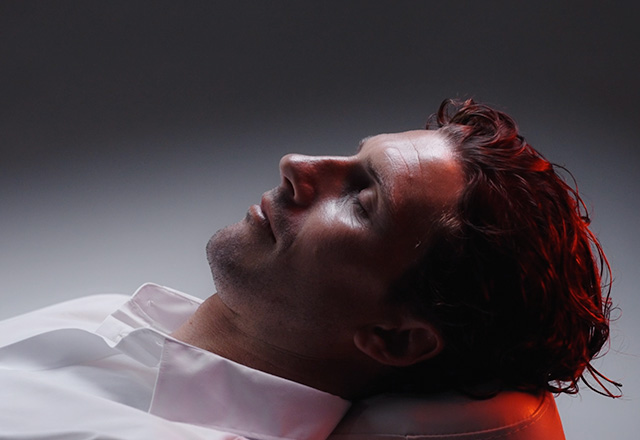
Hair texture and quality can change
Post-transplant, patients are often surprised to find their hair behaving differently. One commonly overlooked issue? Damage to the sebum glands in the donor or recipient area. These glands are responsible for lubricating hair strands, and when disrupted, hair can become noticeably drier, coarser, or more brittle.
“In extreme cases, the imbalance can affect scalp microbiota, leading to irritation, flaking, or even further hair loss. This is yet another reason why transplant surgery should never be approached in isolation. Maintaining healthy sebum levels and microbial balance by way of personalised haircare and in-clinic treatments ensures your scalp environment supports both transplanted and native follicles,” explains Vila Nova.
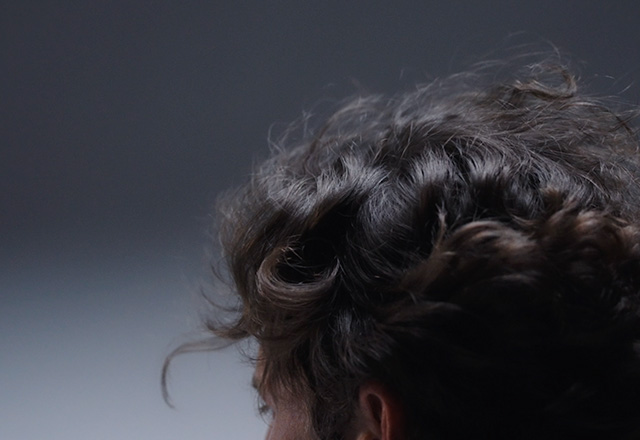
Transplanted hair ages too
Even though donor hair is genetically more resilient, it isn’t immune to the natural ageing process.
“People think transplanted hair lasts forever, but it’s still biological tissue, and it still needs care. Transplanted strands can thin, lose pigment, and change texture over time, particularly if the surrounding environment isn’t properly maintained. While sun damage, poor nutrition, hormone fluctuations and tight styles affect your new hair just like your old hair,” reveals Vila Nova
This is where regenerative and preventive treatments become essential, not just to prolong growth but to maintain the vitality and quality of the transplanted hair itself.
If you’re considering surgery, take a moment to consider the bigger picture. Is your scalp ready? Are you supporting your hair’s biology? Do you have a long-term care strategy? If most of your answers are no, book in for a Hair DNA Scan and consultation to get an expert take on the health of your hair and whether a hair transplant is right for you.

Book a consultation using the link below.

